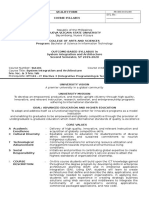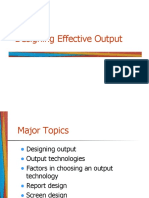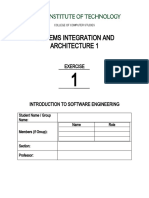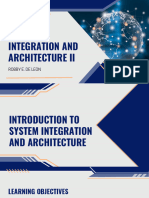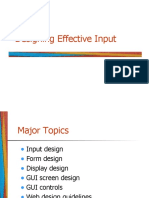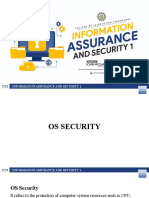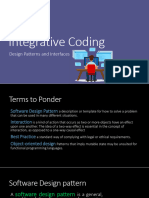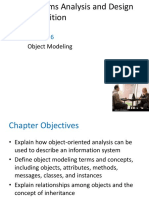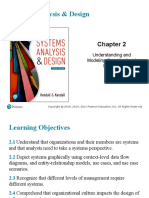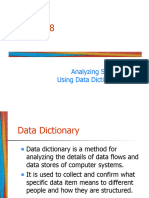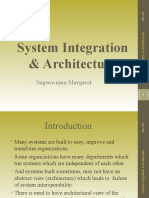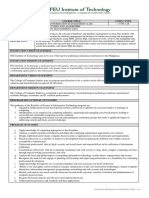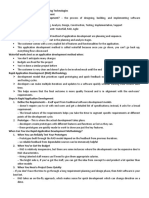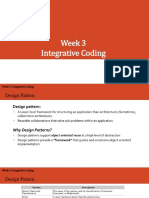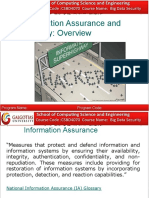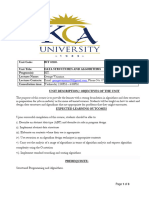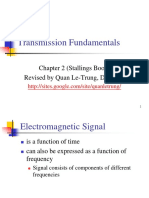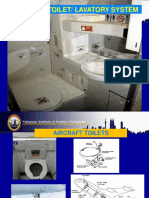0% found this document useful (0 votes)
316 views20 pagesSystem Integration & Architecture
This document discusses developing a strategic model using the Zachman Framework. It describes identifying business activities from a data map and deriving project plans. Business activities are indicated by intersecting entities on a data map. A strategic model applies to the what/owner columns and constitutes a strategic plan to improve a process. Managers and business experts help identify necessary data and plans for transforming the enterprise's future. Project maps can be used to overview project structures and identify priority subprojects for rapid delivery.
Uploaded by
marieCopyright
© © All Rights Reserved
We take content rights seriously. If you suspect this is your content, claim it here.
Available Formats
Download as PPTX, PDF, TXT or read online on Scribd
0% found this document useful (0 votes)
316 views20 pagesSystem Integration & Architecture
This document discusses developing a strategic model using the Zachman Framework. It describes identifying business activities from a data map and deriving project plans. Business activities are indicated by intersecting entities on a data map. A strategic model applies to the what/owner columns and constitutes a strategic plan to improve a process. Managers and business experts help identify necessary data and plans for transforming the enterprise's future. Project maps can be used to overview project structures and identify priority subprojects for rapid delivery.
Uploaded by
marieCopyright
© © All Rights Reserved
We take content rights seriously. If you suspect this is your content, claim it here.
Available Formats
Download as PPTX, PDF, TXT or read online on Scribd
/ 20


